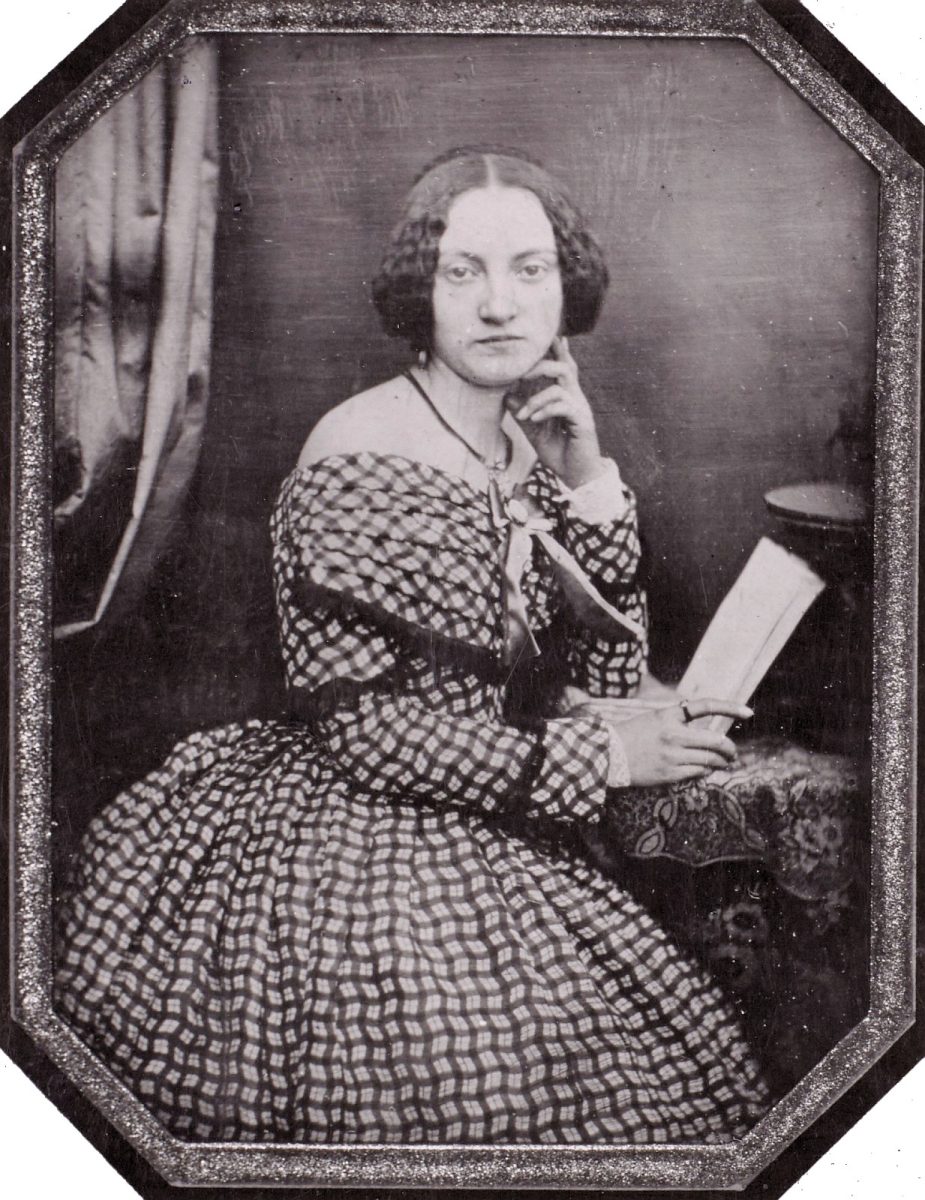Valentine’s Day takes place on February 14 every year; it fell on a Wednesday this year. In honor of St. Valentine, people exchange gifts, candies, and flowers with one another both domestically and internationally.
However, where did these customs originate from and who is this mysterious saint?At least three separate saints bearing the names Valentine or Valentinus are recognized by the Catholic Church; they were all crucified. According to one version, Valentine was a priest who presided over Rome in the third century. Emperor Claudius II forbade young men from getting married because he believed that unmarried men were better soldiers than those who had spouses and families. Valentine disobeyed Claudius and carried on performing hidden marriages for young couples after comprehending the unfairness of the decision. Upon discovering Valentine’s activities, Claudius demanded that he be executed. Others maintain that the actual namesake of the event was the bishop Saint Valentine of Terni. Claudius II also beheaded him outside of Rome.
According to other legends, Valentine might have been executed for trying to assist Christians in escaping the brutal Roman jails where they were frequently assaulted and tormented. A tale claims that an imprisoned Valentine actually wrote the first “valentine” greeting after falling in love with a young girl (who may have been his jailor’s daughter) and sending her a letter signed, “From Your Valentine.” This phrase is still in use today.
Despite the confusion surrounding the legends around Valentine, they all highlight how charming, brave, and—above all—romantic the man is. Valentine would grow to be one of the most well-liked saints in England and France by the Middle Ages, possibly as a result of this reputation.
Some people think that Valentine’s Day falls in the middle of February to honor the anniversary of Valentine’s death or burial, which is thought to have happened sometime around the year 270 A.D. However, others argue that Valentine’s Day was chosen by the Christian church to honor St. Valentine in an attempt to “Christianize” the pagan Lupercalia celebration. Lupercalia, a fertility festival honoring Romulus and Remus, the founders of Rome, as well as Faunus, the Roman god of agriculture, was observed on February 15 or the ides of February.
Members of the Luperci, an order of Roman priests, would assemble at a holy cave where the newborn Roman founders Romulus and Remus were said to have been raised by a lupa, or she-wolf, to start the festival. A goat was sacrificed by the priests for fertility, while a dog was sacrificed for purification. After cutting the goat’s skin into strips and dipping it in the sacrificed blood, they would proceed to the streets and give gentle slaps to both women and crop fields.
Roman women were thought to become more productive in the upcoming year, so rather than being afraid, they embraced the touch of the hides. Legend has it that all the young ladies in the city would put their names in a large urn later that day. Each bachelor in the city would select a name, and he would be partnered for the year with the woman of his choice. Frequently, these connections resulted in marriage.













